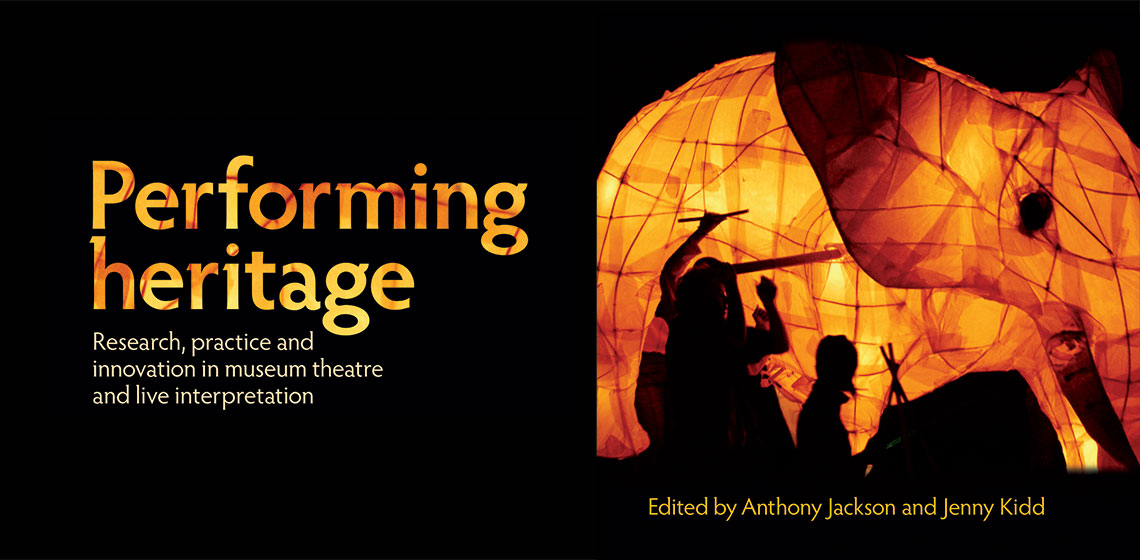
This useful text brings together recent thinking about museum theatre and the performance of heritage, offering a range of international case studies to its readers as evidence of the discipline’s usefulness in interpreting the past for visitors. Described as ‘inspiring and challenging’, the book successfully delivers a wide discourse on the definition and value of performance and heritage and relates them to the ‘new museology’, recognising the role of the audience/visitor in constructing their own meaning.
One or two of the essays felt self-indulgent, obscuring the performances used as examples behind overly technical language and drawing tenuous links with other disciplines. Overall, however, the book widens the understanding of live interpretation and how it is perceived by the public. As a commissioner rather than a practitioner these days, that was a helpful outcome and one which will feed back into future programming. Defining ‘performing heritage’ as including craft, dance, guided tours and storytelling was useful, as was the discussion of what ‘heritage’ is – whether it is the location or the preservation of memory.
The museum where I work has a gallery about London’s links with the slave trade, so I particularly appreciated those essays which dealt with the interpretation of challenging histories and the empowerment of practising communities as well as past cultures. The question of whether we should be making damaging human behaviours such as slavery or racism seem familiar/acceptable or strange/unacceptable seems particularly pertinent in the UK today, and more discussion around these challenging and often hidden histories is much needed.
One of the overarching themes of the collection was discussion around the stereotypes of museum theatre: “actors who care only about performance…museum staff who care only about the collection” (pp53-4). In the years since this book was published, museum theatre has become an accepted part of interpretative canon, linking museum displays into audiences’ own life experiences, but the debate remains pertinent when considering the risk that the dramatic interpretation may be the most powerful memory taken away from a museum or heritage visit. Laurajane Smith’s essay The doing of heritage was particularly interesting, using Beamish open air museum to exemplify why strict authenticity is not always an issue; rather, the site’s value lies in its role as a prop or a prompt for memory, mediating a way to share family stories and knowledge with a younger generation.
For experimental archaeologists, the value of the book will lie in its discussions of what heritage is and what parts of it should be recreated. The belief that people want to hear about people, from people, is key: the objects we work with are attractive but have more meaning if they are being used rather than imprisoned in glass cases. Immersive environments such as open air or archaeological museums are perfect for the performance of heritage, and the expectation of visitors is that these performances will be interactive, allowing them to browse and question ‘performers’ to create their own narrative. The experience of seeing and participating in such performances is now often an expected element of visits to such sites, and enables greater recall of experiences after the fact, as well as offering social interaction that isn’t always available in the more traditional museum environment.
Book information:
JACKSON, A., KIDD, J. (eds), 2012., Performing Heritage, Manchester: Manchester University Press, 2011, 282 p, £ 55.00, paperback £ 14.99
ISBN: 978-0-7190-8159-0 (hard back) 978-0-7190-8905-3 (paperback)